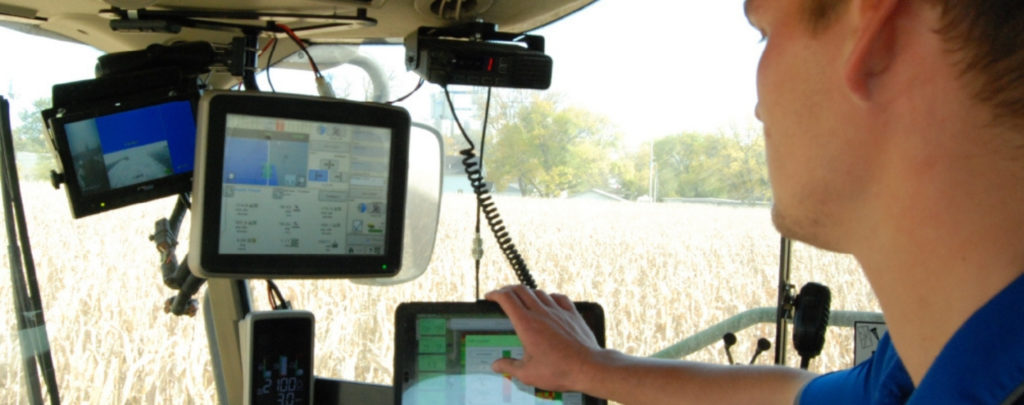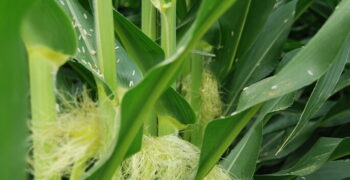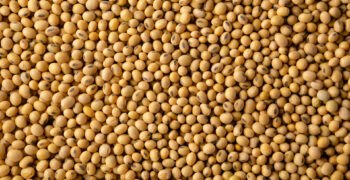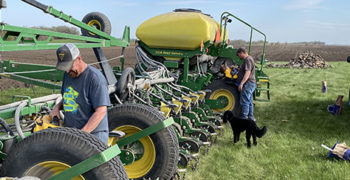How to use crop data from your yield monitor in planning for next year’s crop
When the combines roll during the fall harvest, a lot of crop data is flowing in on the yield monitor. It tells the story of your crop year and is valuable in planning ahead for next year’s crop.
In addition to providing a window into the conditions your crops faced throughout the growing season, that crop data helps you draw informed conclusions about the many inputs and products you selected for this year’s crop. Selecting the right product for each field is very important, and that decision-making process must account for the many potential yield-limiting factors in evaluating product performance. As Champion Seed Co-owner Seth Hill always reminds me: “these crops are grown outside, after all.”
Factors to consider
The list of factors and conditions we account for — and attempt to control — during the growing season include:
- Soil conditions
- Planting dates
- Soil types
- Drainage
- Tillage practices
- Fertility
Yet, there are other factors we can’t control that can threaten our profitability. Among them are:
- Rainfall
- Temperature
- Wind
- Disease
- Insect pressure
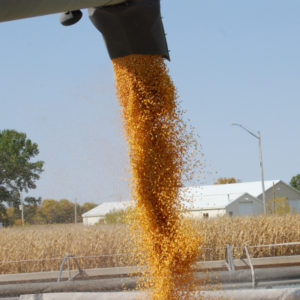
Seed company product managers take into account performance crop data from multiple locations with multiple replications over multiple years to make product selections and recommendations at the end of the growing season. It would be irresponsible for me to select and promote a product based on its performance in one year at one location and facing a single year’s specific challenges. “Right here, right now” is not the basis for a strong agronomic seed variety recommendation.
Leverage the right data
Analyzing hundreds of performance data points from the yield monitor allows us to select products that have higher yield averages than previous products. But just like our customers, we must consider field-level growing conditions and how they affect the performance of each product we evaluate.
Don’t rely on “coffee shop data.” it’s critical to validate and benchmark your crop’s performance with other results in your area like those generated by local seed company plots, Iowa Crop Performance Tests, FIRST Seed Tests, Iowa Soybean Association On-Farm Network or trusted advisors like Bruce Voss, owner of Star Services, Inc., who’s been conducting private soybean research trials in Iowa and Minnesota for over 20 years.
Voss suggests growers should look beyond yield in performance trials and find a group of products to choose from that are most likely to be high-performers in their fields based on how they perform in similar environments to their own. “Soybeans trials are normally conducted on good ground,” he said. “Don’t just race to the top and buy the product that finished first, rather look at the top 10 or more products and consider those with your agronomic needs.”
At Champion Seed, we have individual research plots throughout the Corn Belt matching our entire lineup to the offerings of our competitors and other seed companies. We are comparing apples to apples.
No two years are the same
We all know every growing season is different, presenting new challenges like volatile weather patterns and varying disease and pest pressures. Don’t rely solely on the current year’s results to make decisions for next year. Your best product this year may be just average next year because of factors beyond your control. By conducting deeper research, leveraging longer-term field history, and diversifying your product selections, you can make well-informed product decisions and determine the products with the characteristics best suited to each of your fields.
Staying informed about disease and insect trends in your area can also aid in evaluating seed and other product performance. Digital farming platforms are phenomenal tools for identifying problem areas in fields throughout the growing season. Champion Seed’s Digital Ag Specialist, Phil Kleve, utilizes Climate Fieldview, for example, to generate field health analysis reports. Field satellite imagery available with digital platforms can provide clues as to where or why performance deviated from expectations. A yield monitor used in conjunction with digital platforms can evaluate your yield results by soil types.
Start your to-do list
What can you do with your own crop data? Start by creating a list of the specific agronomic traits that have the greatest impact in each field and then select products based on those needs. That isn’t something that can be done perfectly and completely in one season; it takes multiple years of data and knowledge of the most frequent influential environmental factors. Along with advances in plant breeding, products are being refreshed at much faster rates than ever before.
It’s rare for a product to exist in a seed company’s lineup for more than a few years. That makes it important for producers to track general product types, not specific product numbers, in finding the optimal product mix to achieve success in each of your fields. With access to the latest product lines and seed technology platforms, Champion Seed has the right corn and soybean hybrids for your farm. See all the latest options here.

Rob Thomas
Soybean Production
